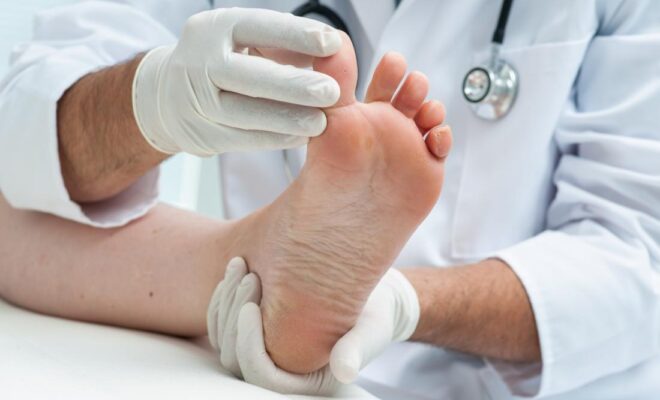How Diagnostic Centers Contribute to Public Health

Imagine a bustling diagnostic center in the heart of Sugar Land. Machines hum, technicians bustle and a sense of urgency pervades the air. These labs are unsung heroes in the story of public health. They do more than just blood tests and Sugar Land urinalysis. They serve as the first line of defense, identifying potential health threats before they become full-blown issues. They’re lifesavers, operating in the background to keep our communities safe and healthy. In this blog, we’ll explore the pivotal role these diagnostic centers play in maintaining public health.
The Unsung Heroes
Think of the diagnostic centers as the quiet guardians. They’re always on duty, always alert. Their weapons? Microscopes, test tubes, and a wealth of medical knowledge. They’re in a constant battle against the unseen enemies – diseases.
Silent and efficient, these centers process samples round the clock. They look for signs of disease – irregularities in blood samples, unusual elements in urine, dangerous bacteria in tissue samples.
First Line of Defense
These diagnostic centers are often the first to spot potential health issues. Got a nagging cough that won’t go away? A quick test can reveal if it’s just a minor infection or something more sinister. Feeling unusually tired and worn out? A simple blood test can disclose an underlying health condition.
By catching these signs early, we can start treatment in time. It’s not just about curing diseases. It’s also about preventing them. Early detection can mean the difference between a full recovery and a long, drawn-out battle with illness.
Critical Role in Public Health
The role of diagnostic centers in public health is more than just individual testing. They’re also responsible for monitoring the overall health of the community. They track trends, identify outbreaks, and help in planning preventative measures.
Remember the flu season? It’s these labs that help predict the intensity of the season and the strains of flu likely to be most prevalent. They provide the data needed to produce and distribute effective vaccines.
During a pandemic, they’re even more critical. They test, track, and trace the virus, providing vital information to public health officials.
Conclusion
So, the next time you find yourself in the sterile surroundings of a diagnostic center, remember this. That ‘simple’ blood test or Sugar Land urinalysis you’re undergoing contributes to a much larger picture. Every test, and every diagnosis, helps safeguard the health of the entire community. It’s high time these unsung heroes get the recognition they deserve.








